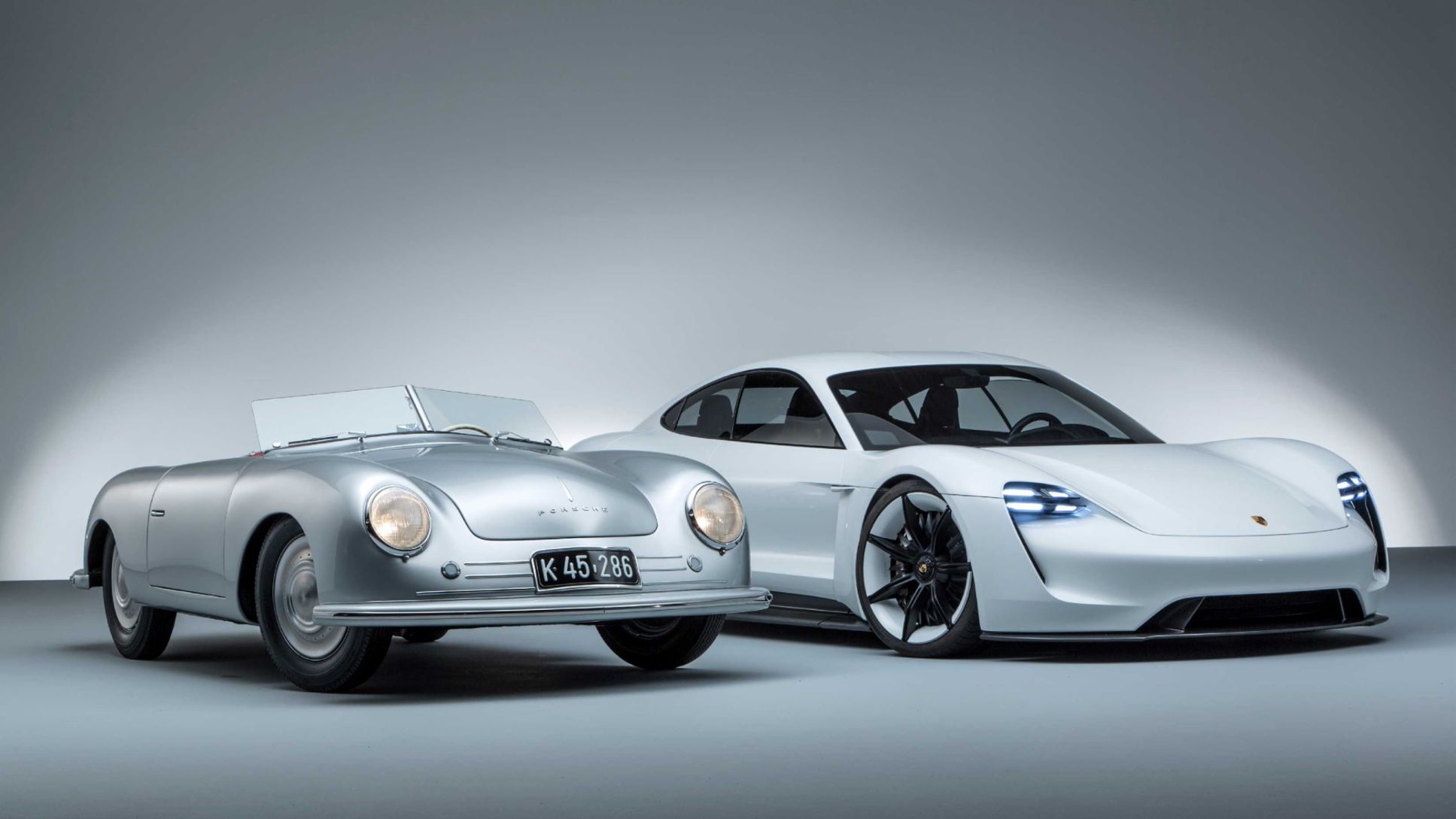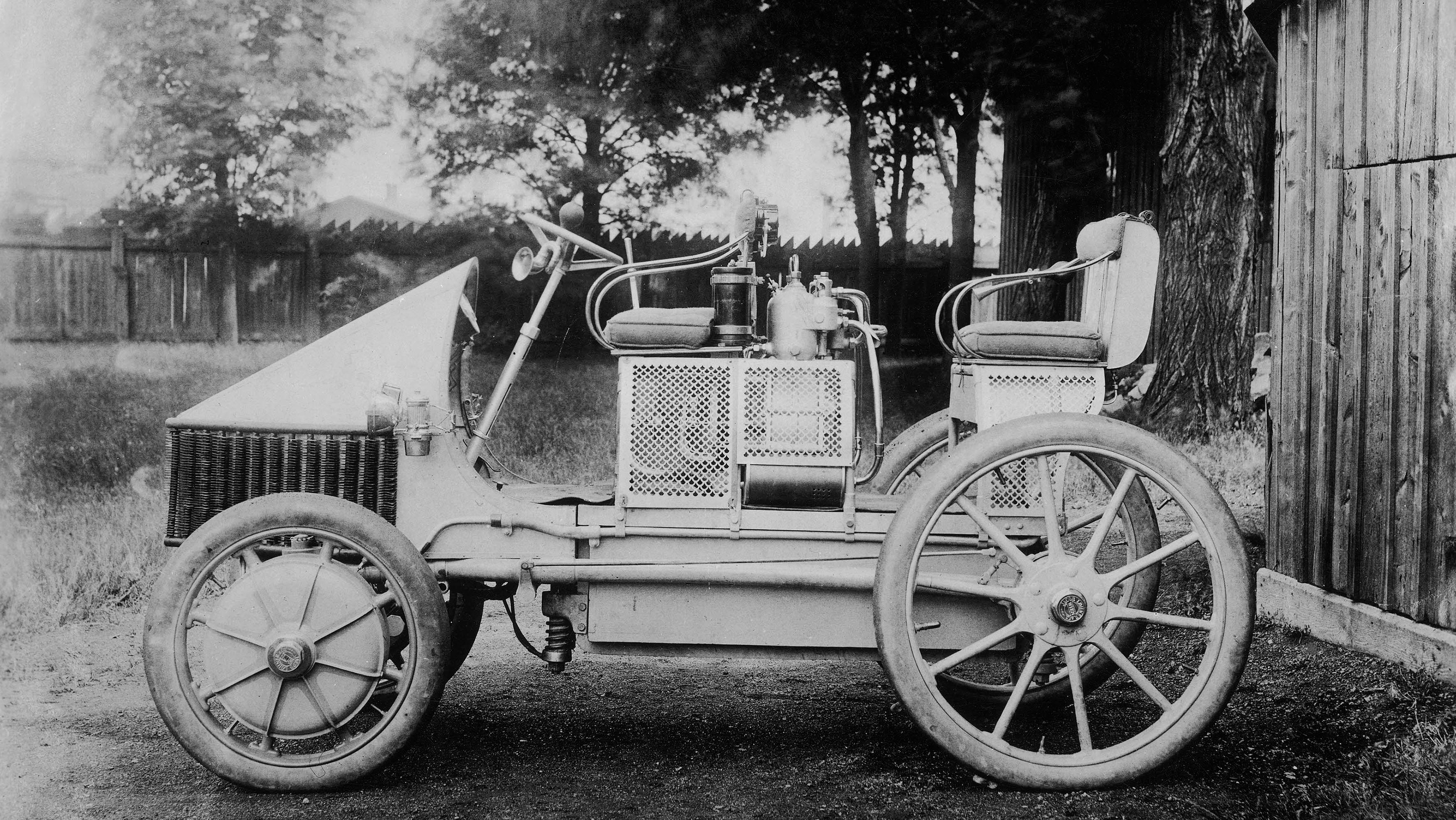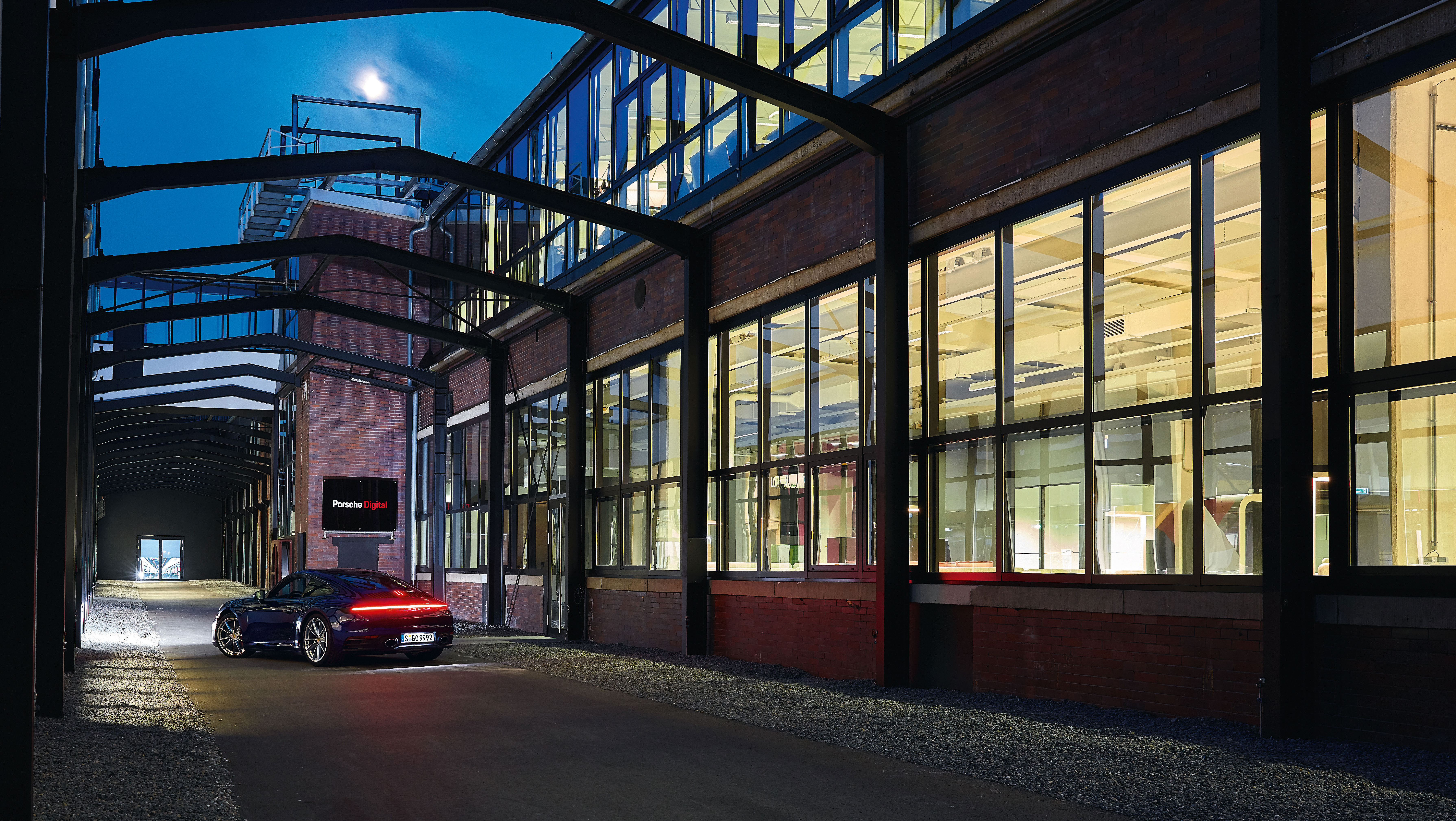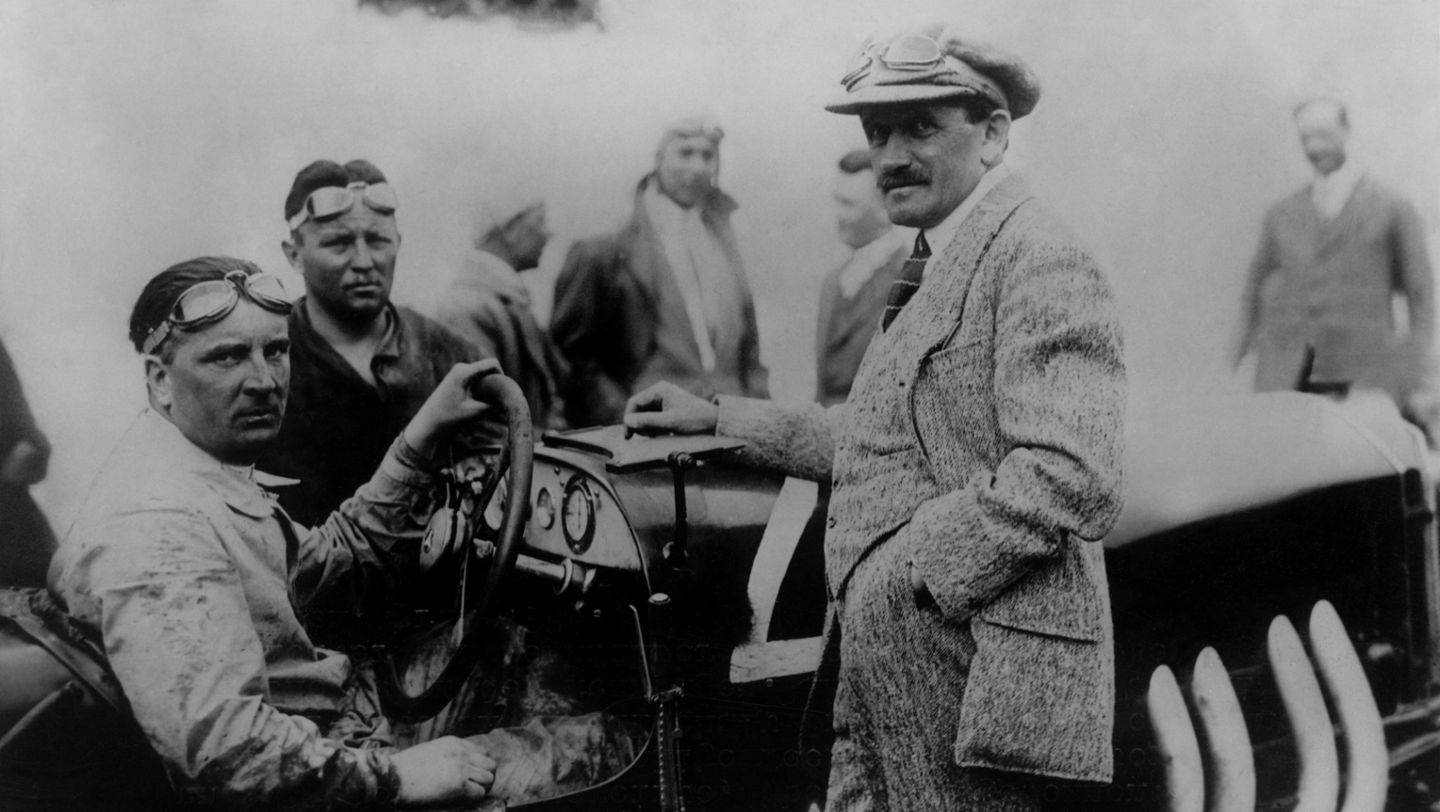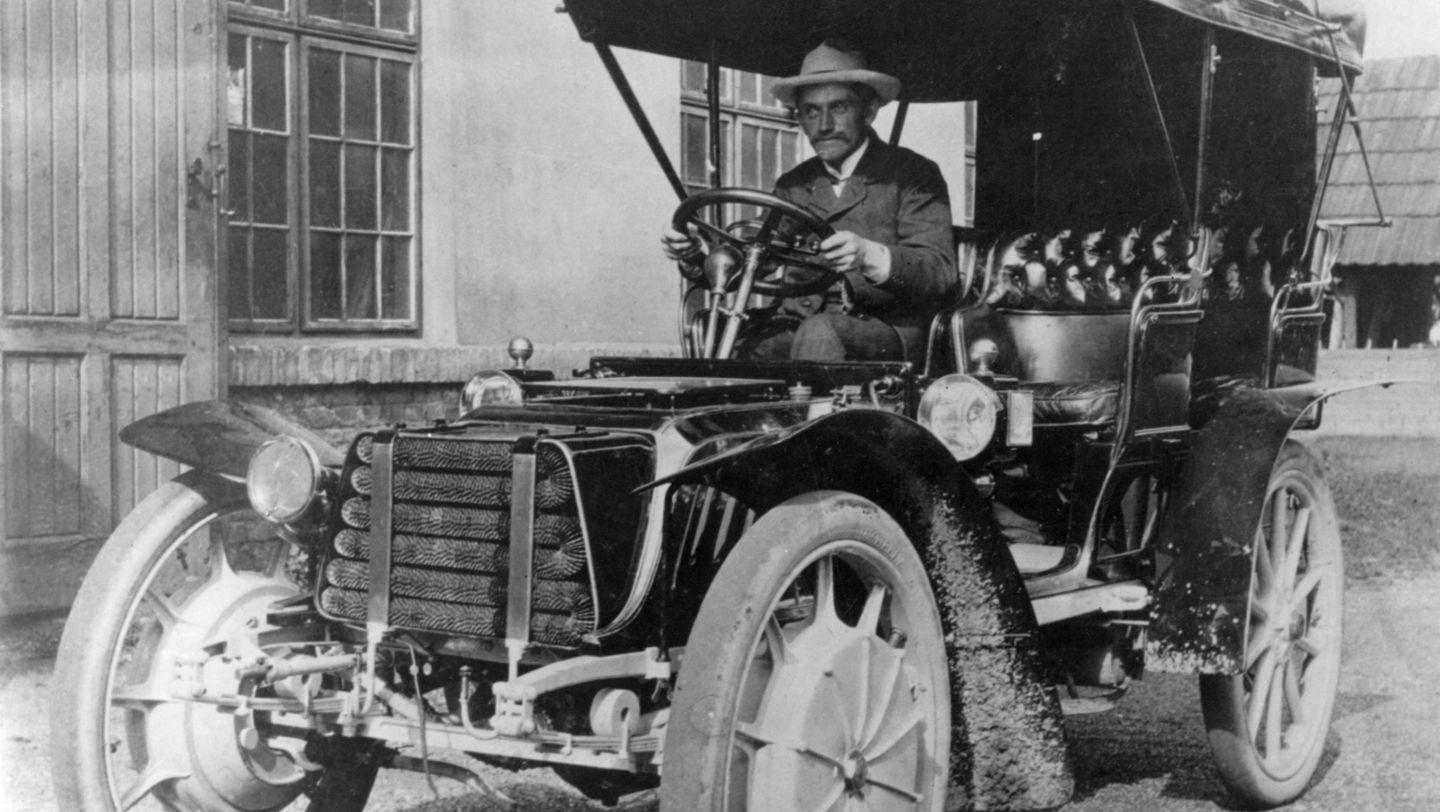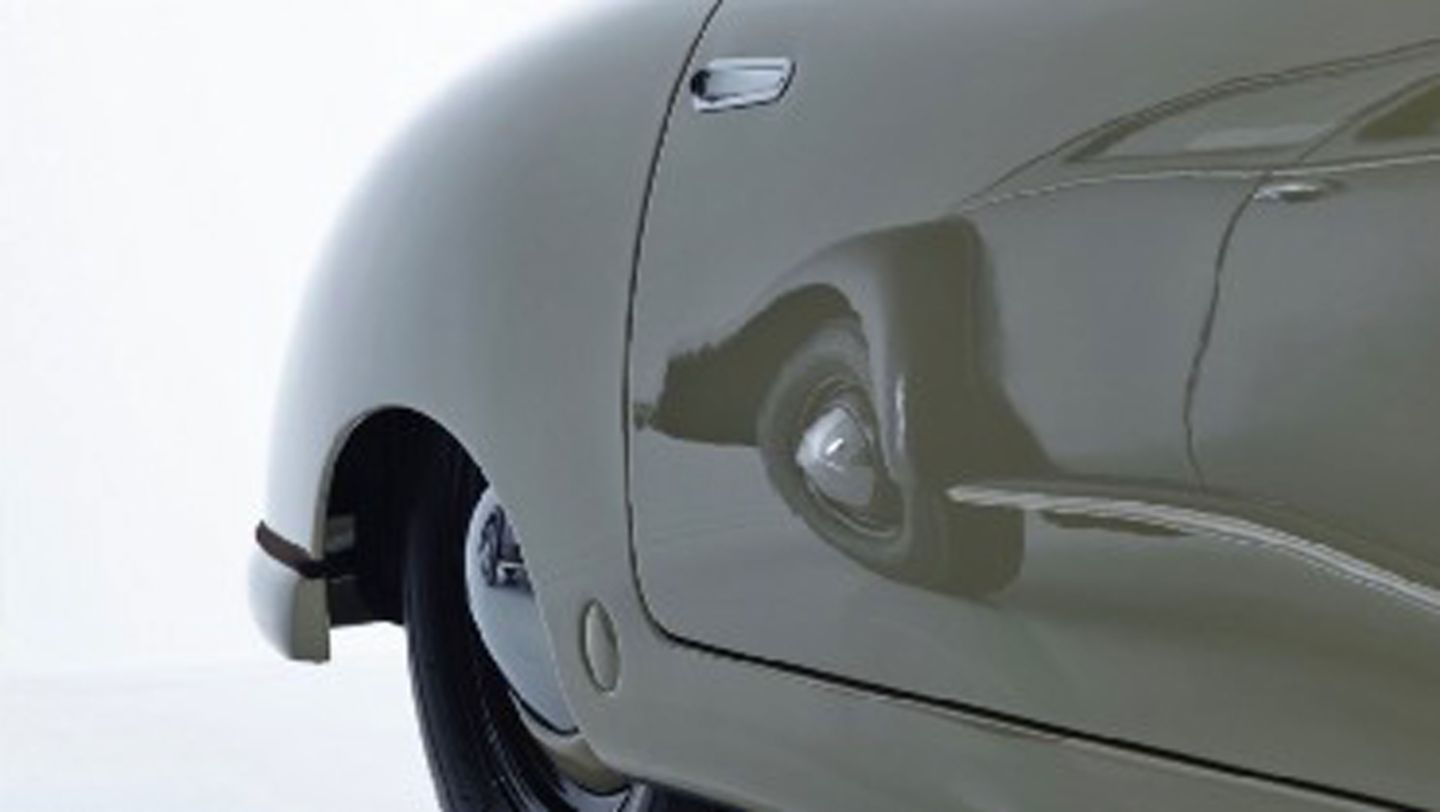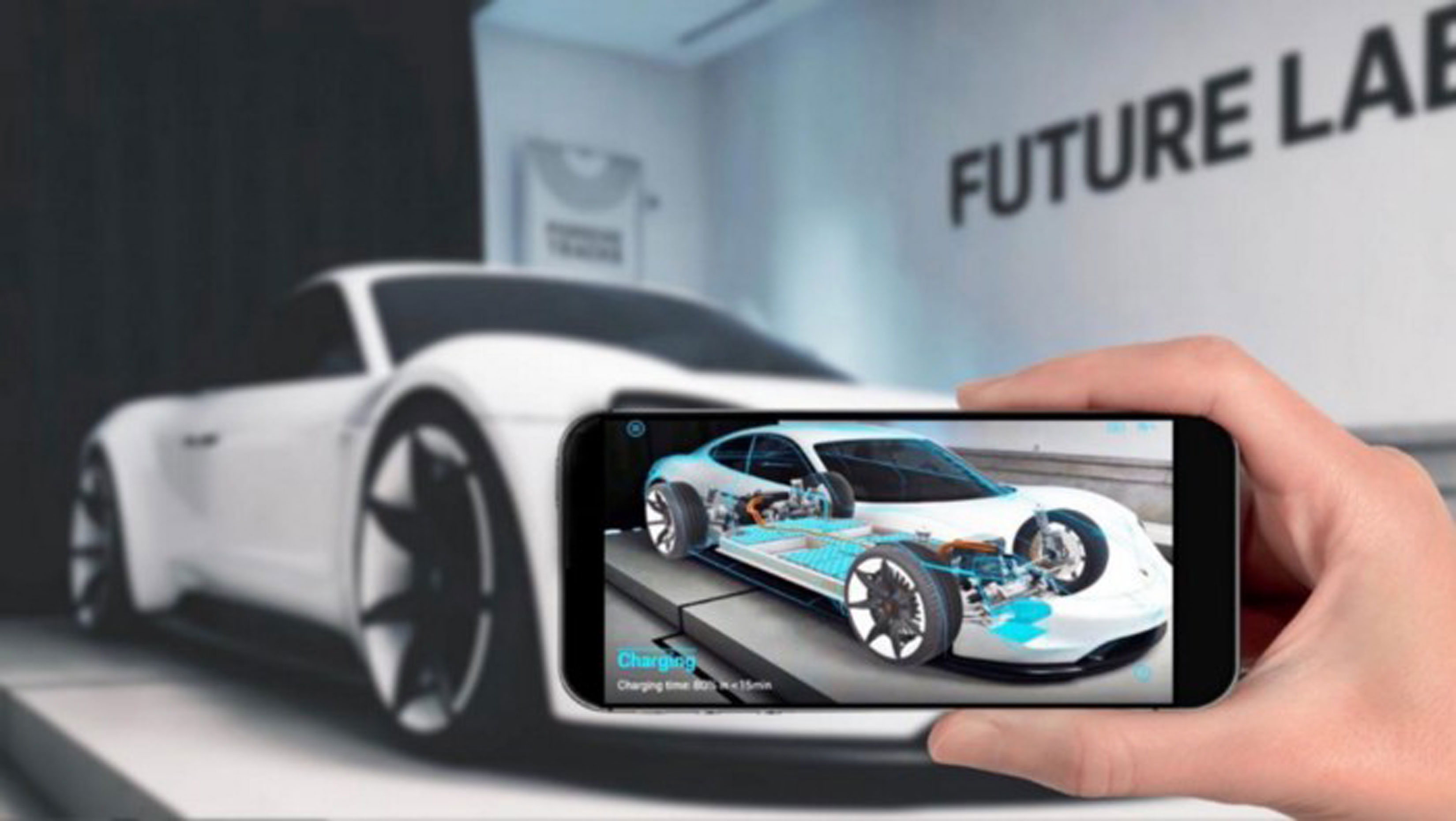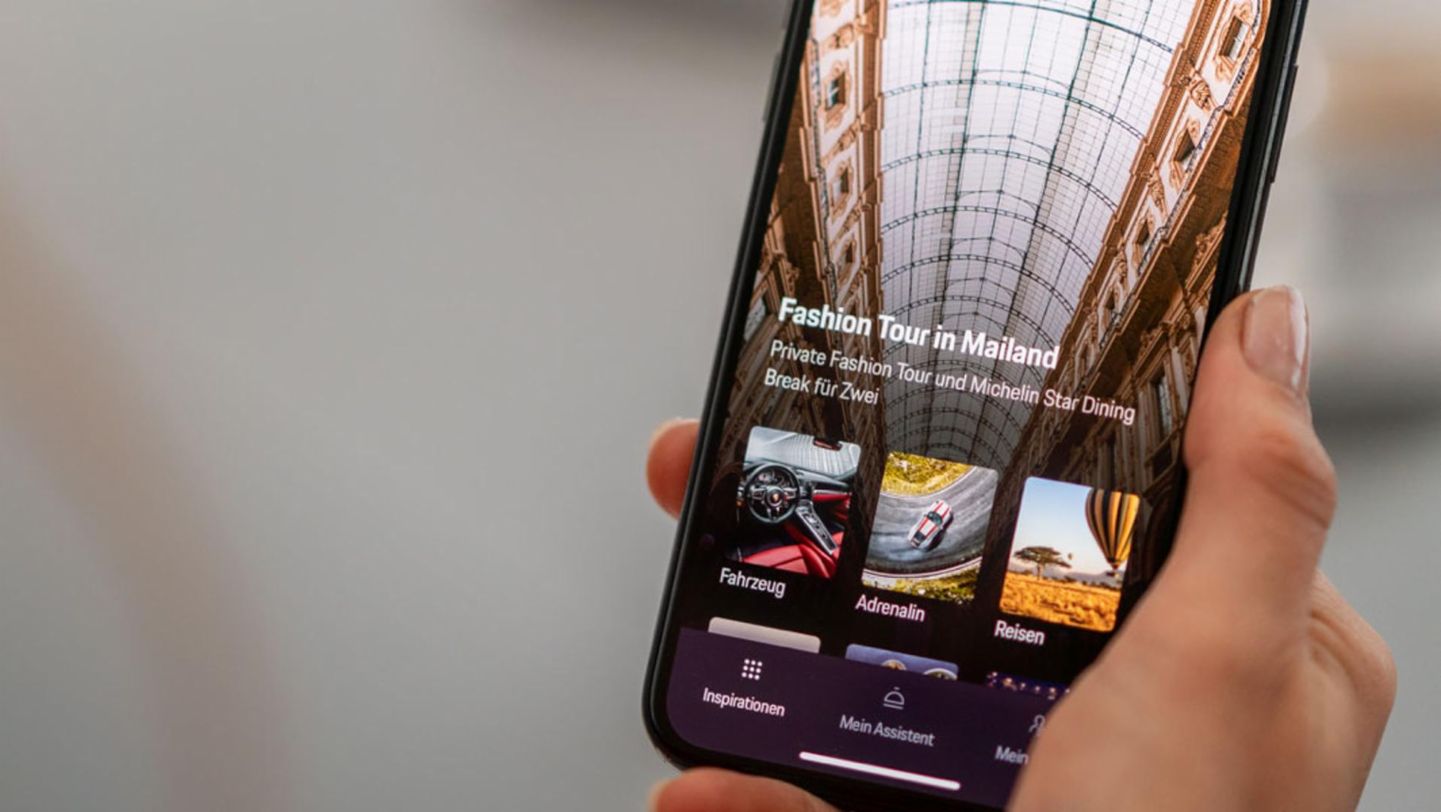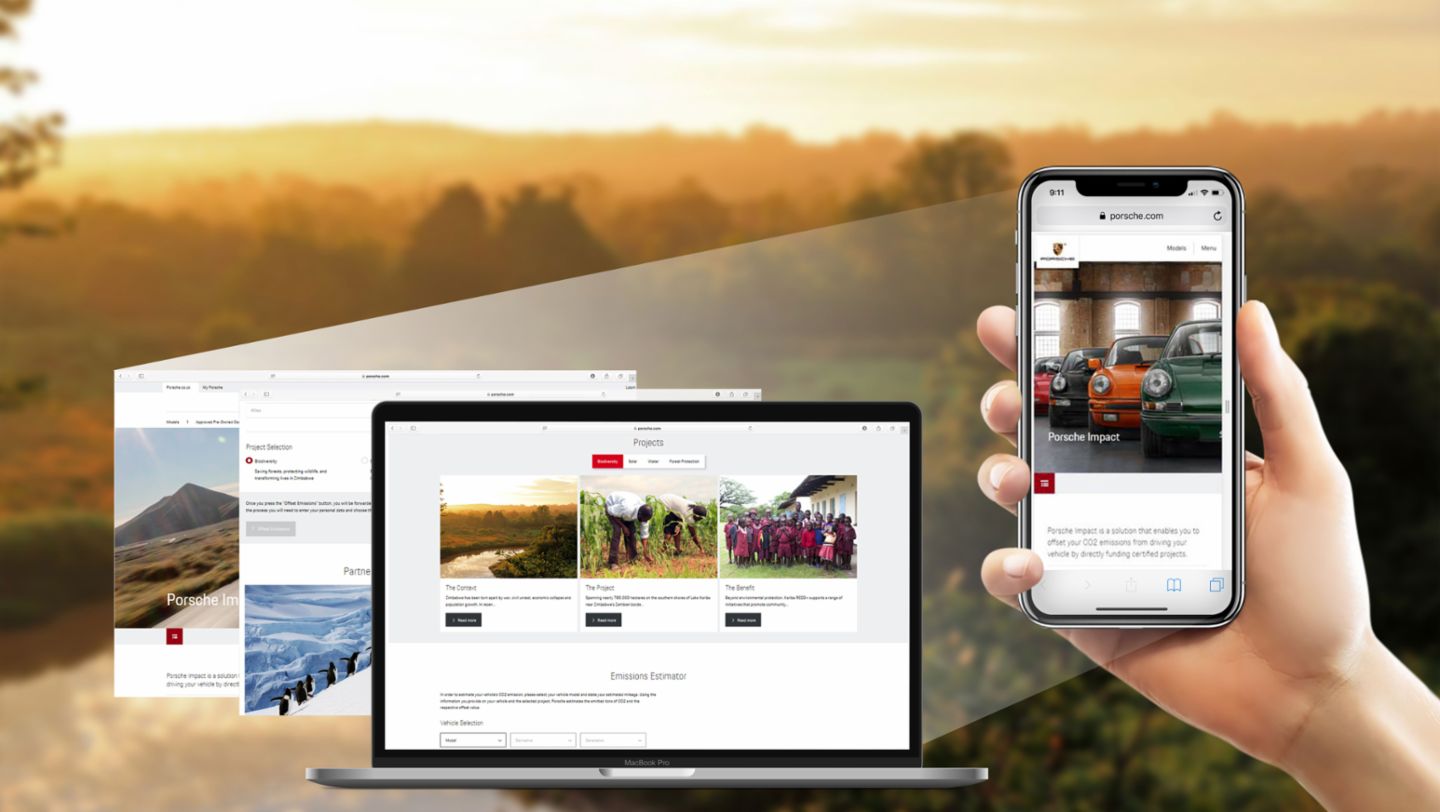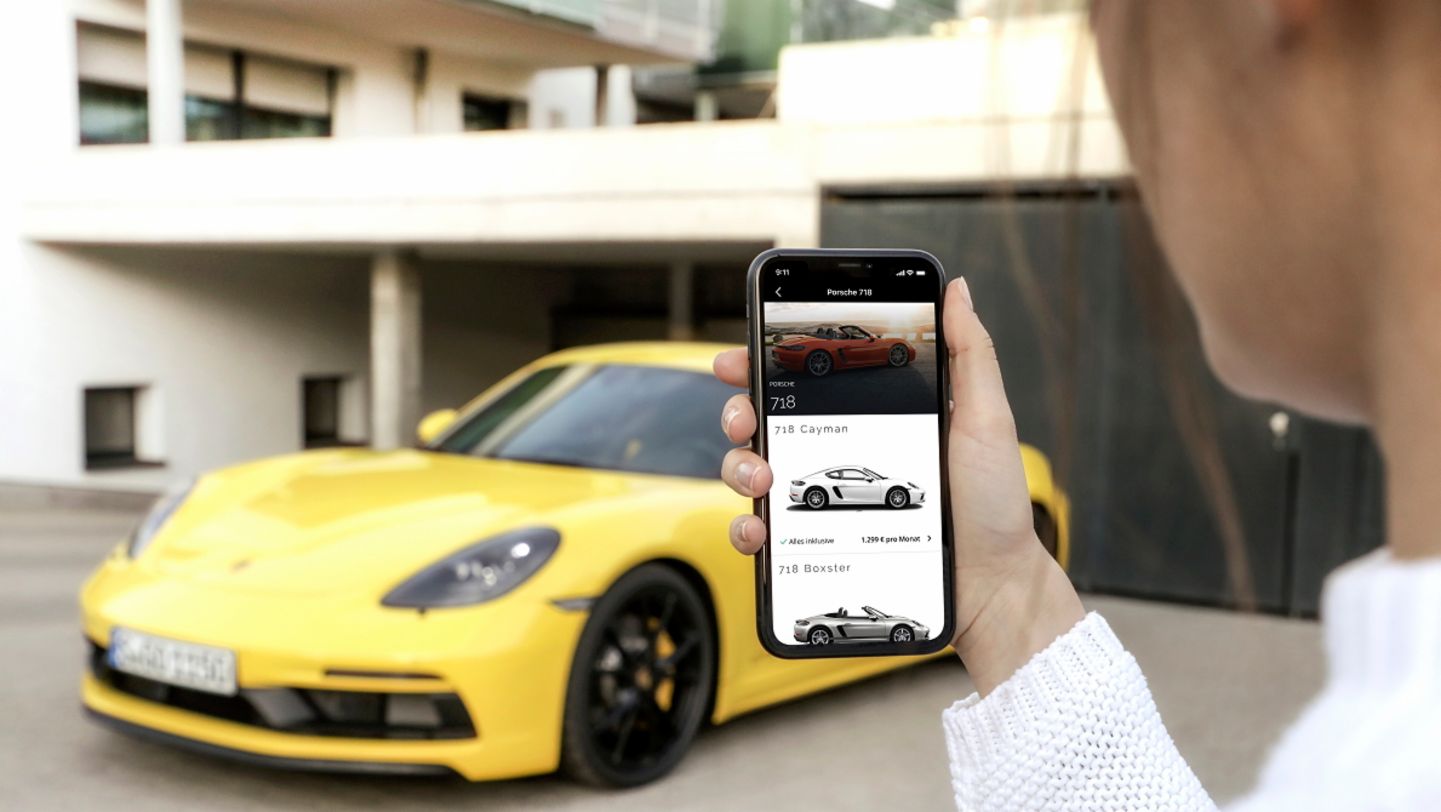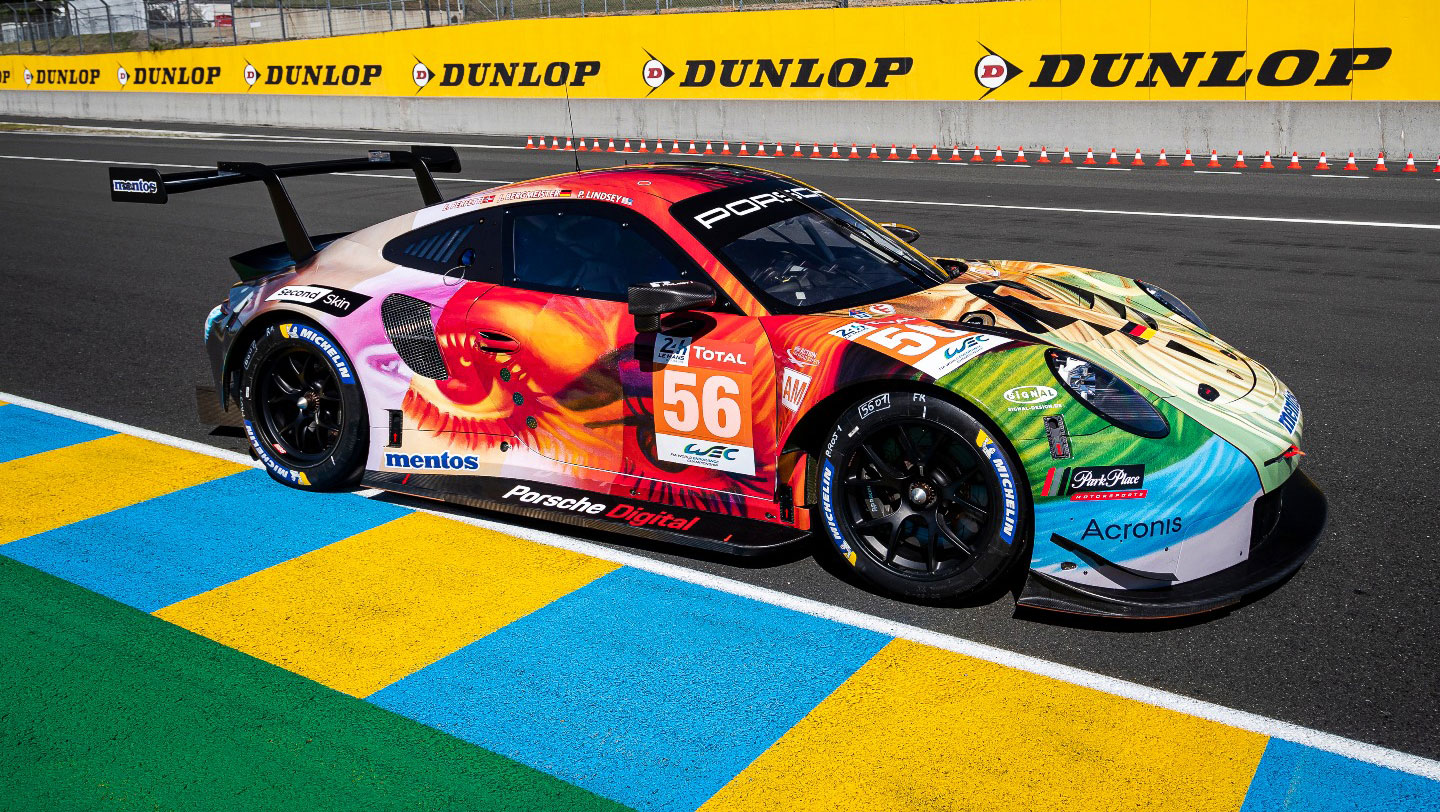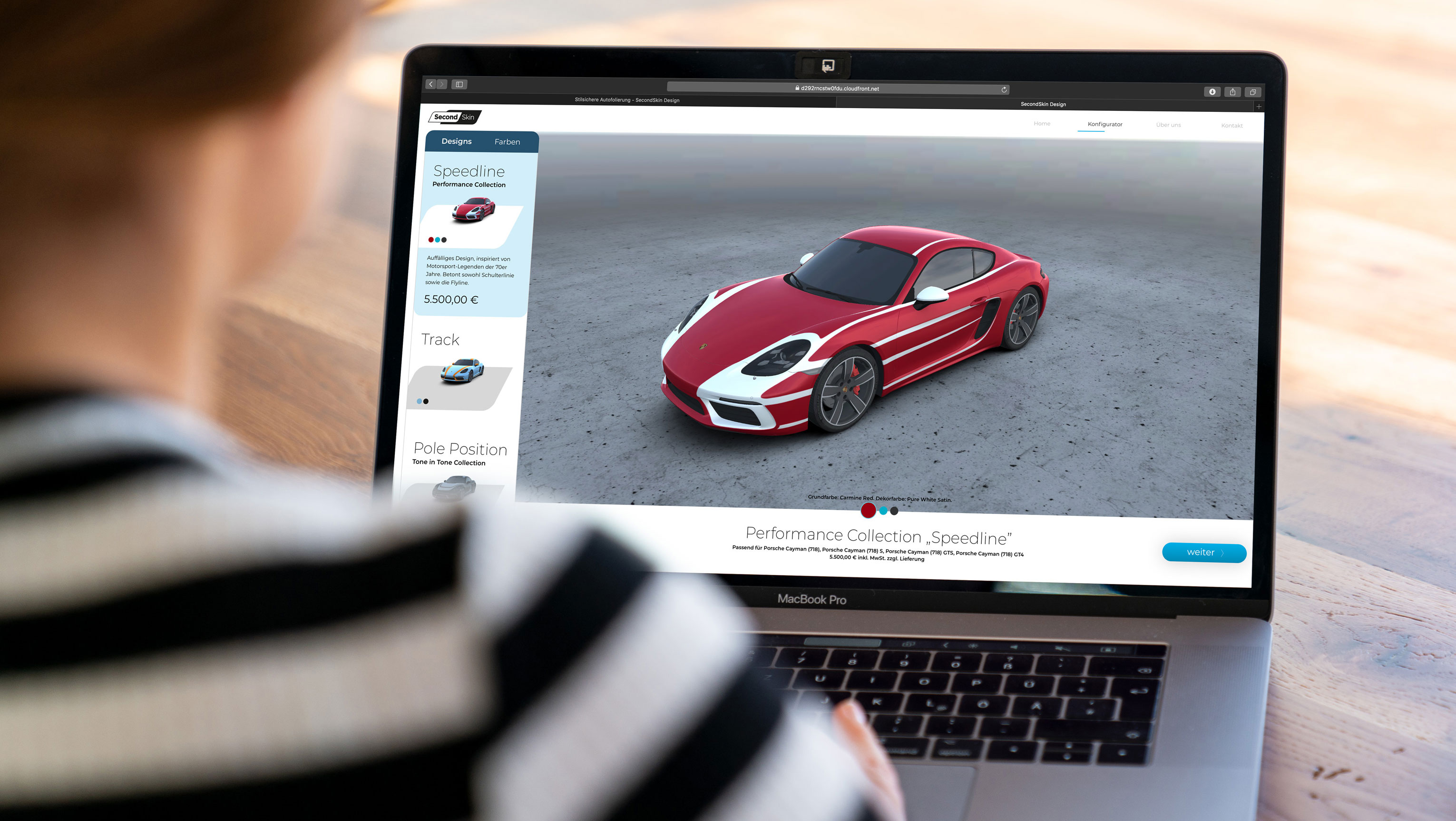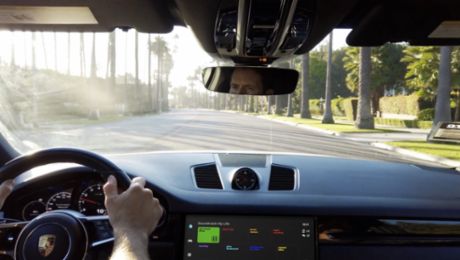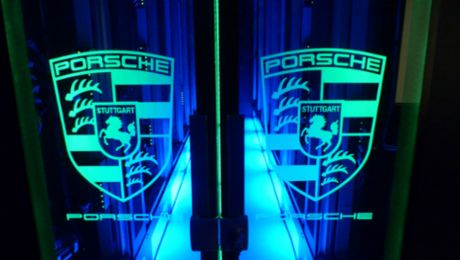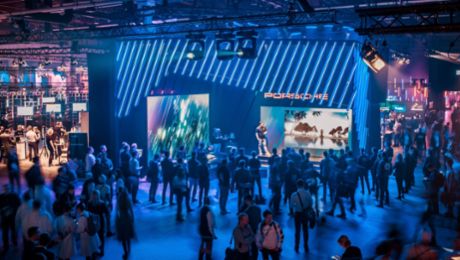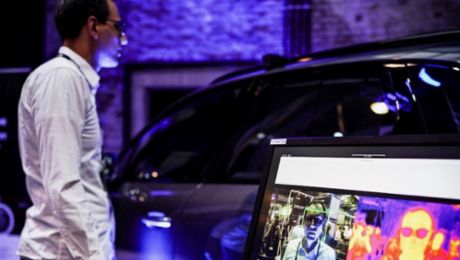“The core of our company is to develop and build amazing sports cars that are mostly shaped by our decades of motorsport experience. Therefore, our challenge is not only to build a new digital culture but to connect it with our tradition in particular”.
Today, I would like to give you a few more insights behind the scenes and present a concrete example of how we move at different speeds almost every day.
From the wheel hub electric motor to the Lohner Porsche
“An industry on speed” — this quotation recently came to my mind again. That’s how the journalist Tom Grünweg phrased the title of an article for Spiegel Online in 2013 — and he did not mean the adrenaline of speed in motorsport, but rather the necessary debate about the lengthy development cycles in the production of vehicles. Since there are different cycles depending on a model series, type of production and of course the manufacturer, here is a simplified description: the development of a new car takes three-to-five years — much longer from the first sketch to the presentation. The car is then usually sold for six-to-eight years. In between, after about four years, there is often a small update, a so-called facelift, a product upgrade.
Two examples from our own history also demonstrate this. Ferdinand Porsche applied for a patent for the wheel hub electric motor already in 1896, and, based on his, the Lohner Porsche was built as a single vehicle in 1899 and presented to the public in 1900. The first development of the Porsche 911, then conceived as the successor to the Porsche 356, already began in the 1950s. The vehicle was presented as the first 911 of its kind at the IAA in Frankfurt am Main on 12th September 1963 (learn more: the history of the Porsche brand).
Lean processes, little capital, learning by doing
For a software developer like me, these are almost unimaginable periods of time. For example, the duration of time spent programming a simple app is rarely more than one-to-two months, while highly complex apps can take up to one year. For a Hackathon, there are often even just 48 or 72 hours available to bring a first prototype onto the road. And this is exactly where a decisive difference lies.
For us digital nerds it is often a matter of creating a business idea, a product or a service and bringing it to market as quickly as possible — first as unfinished prototypes. The aim is to draw conclusions from customer feedback for further development and possible redesign of the product as early as possible in order to save costs and time. This practice was founded by the American Eric Ries, who explained on his blog in 2008 — and in a highly acclaimed book in 2011 — about the ‘Lean Startup Method’, which became a mantra for many young entrepreneurs and programmers and is now taught at numerous universities. Lean processes, little capital, high agility, learning by doing. Almost unthinkable for the automotive industry, isn’t it?
Yes and no. Of course, vehicles cannot be developed according to this method, for safety reasons alone — but also driven by the highest demands that we at Porsche set ourselves, of course. And yet in the ‘Principle Porsche’, founded by Ferry Porsche, early forms of agility and ‘Lean Startup’ are at work:
“At first I looked around, but couldn’t find the car I was dreaming of. So, I decided to build it myself.”
And customer feedback? This was already hugely important then, just as it is today. After all, customers and the Porsche community are very important to us.
Digitization leads to new services — and a new way of thinking
Even though this comparison with our company history and tradition is flattering, I would like to strive a little more for current examples, because we are after all experiencing a change in mobility that has not taken place at this speed in recent years. In the next five years, there will be more changes than in the last 50 — that is how Stefan Zerweck put it in a nutshell in the interview quoted at the beginning.
At almost full speed, we experience new methods of traveling from A to B: driven by intelligent technologies, our industry is dedicated to the four major trends of electrification, automation, connectivity and the emergence of new digital offerings. Combined with this approach, a new way of thinking also emerges. A company like Porsche is developing more and more from a traditional automotive company into a software-supported automobile tech group. The business model is changing as new technologies are being introduced which are revolutionizing the status quo — bringing with them a new way of thinking.
With Porsche Digital, we want to take the goosebumps customers get from our sports car into a new digital era. For this purpose, we have new offers such as Porsche inFlow or Porsche 360+, which my colleagues have already introduced on this blog. The development of these apps is based on three pillars: firstly, we want to combine the ‘Porsche feeling’ with digital possibilities. For this, we incorporate different perspectives into the development and work in cross-functional teams consisting of thought leaders, innovators, UX designers and developers. And, last-but-not-least, we incorporate mechanics from the Lean Startup Method and intend to bring a first prototype onto the road as quickly as possible in order to share it with our customers. Unlike a vehicle, we remain at a very early stage here and are, in principle, permanently in the beta phase.
Customer feedback contributes to the development of new services
When it comes to digitization, we always start with the customer experience and based on this, we work with technology. This way, we develop our digital activities step-by-step from individual vertical features to a horizontally integrated experience.
At the same time, we feel that a customer has a different ‘pressure point’ than ourselves. They understand the app differently to how we do or focus on supposedly simple things like menu navigation, which may be are more important to them. On the one hand, we solve this by means of direct App feedback, through the download or data from which we can learn. On the other hand, we seek the dialogue and enter a direct exchange with all those who have shaped the Porsche era over the last 70 years.
On the one hand, these are valuable contacts within the company, on the other hand, they are fans of the brand.
For this reason, events such as the PFF Porsche meeting in Böblingen are of high importance to us. Where the asphalt glows and the tires squeal, where Porsche drivers and fans come together, it is central for us to step into a dialogue about new offers and to take the customers on a digital journey — and to listen to them. At the PFF meeting in Böblingen near Stuttgart, we discussed Porsche Impact, Porsche 360+ and Porsche inFlow directly with the community. This direct eye-level exchange with our customers helps us a lot to make new services even better and to integrate them even better into the Porsche feeling. Finding interfaces, offering concrete solutions. The highlights from Böblingen can be seen in our Instagram Story.
At the same time — and this brings me back to a ‘two-speed world’ — we feel that a product which carries the Porsche name is always of an extremely high standard. Not only for ourselves but above all for our customers, who have been used to Porsche performance at an excellent level over many years.
Admittedly, as someone who designs digital products, for me it feels in parts like a new world. After all, we are all faced with the challenge of balancing between development close to the customer and products at an excellent level. In beta status. That is the way it is supposed to be. Yet it must be so advanced and mature to the extent that it deserves the ‘Porsche stamp’. In this process, it also leads us to resort to white labeling when developing new services in order not to jeopardize Porsche’s demands, but at the same time to make use of central methods for app development.
First prototype of Second Skin powered by Porsche Digital at the PFF meeting
At the PFF meeting, we presented an early prototype of ‘Second Skin’ powered by Porsche Digital for the first time. Second Skin is a car wrapping that boasts individual and unique designs. Customers have the possibility to have their desired design featured on their vehicle via the online configurator, which allows them to view it in advance from every angle and in the smallest detail.
This is a digital solution for new customer experience and is supposed to offer a ‘one shop’ experience. The online platform brings together designers and vehicle wrappers for the needs of our customers. The Porsche Meeting in Böblingen was the perfect place for us to demonstrate an initial preview of this new offering before its official launch, as it allowed us to collect valuable feedback from members of the community. Many impressions were formed over a series of enlightening conversations, and these are now being processed by both our partners and us before they will be integrated into the optimization of the product. There will be more opportunities to share this further-developed status quo with the community and to integrate new feedback. To cut to the chase: the feedback on this still-young product enables us to learn about our customers’ wishes and the needs of the market in a measurable way. The knowledge gained then leads to a further product development cycle. So, step-by-step, a digital offer will be created that deserves the Porsche name.
We’re living in an exciting time — one that offers us almost endless possibilities. We have the opportunity to combine the world’s most successful sports car brand with smart technologies, thereby generating decisive added value for our customers, which they can co-develop themselves. For us, this means being part of tomorrow’s sporting mobility. On our Blog, we will regularly take a look behind the scenes and are looking forward to your feedback — just as we are for our products.
Further information about Second Skin powered by Porsche Digital can be found on the Porsche Newsroom.
